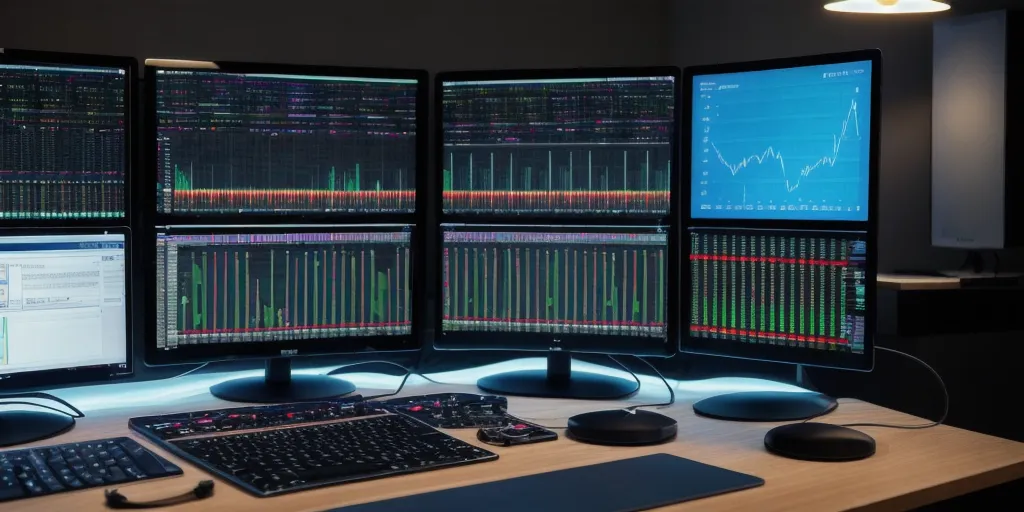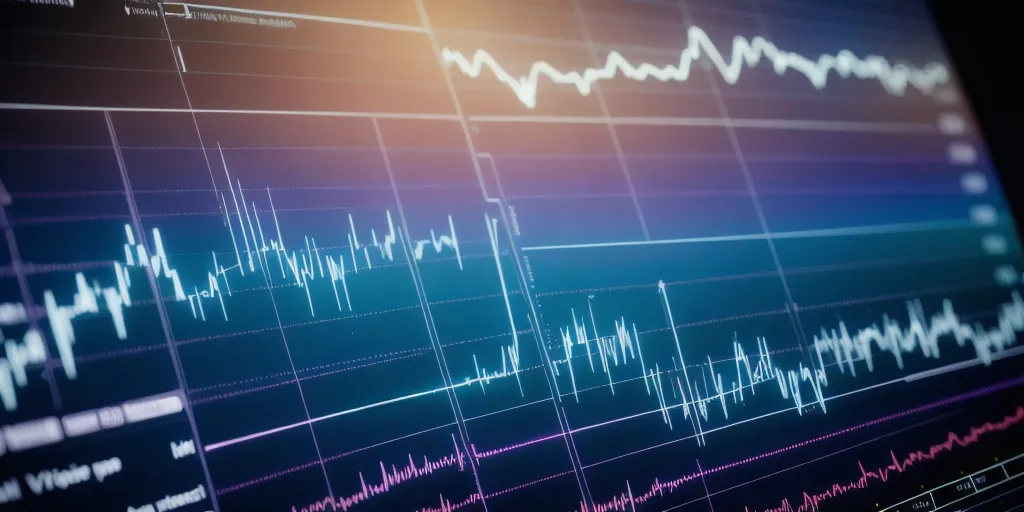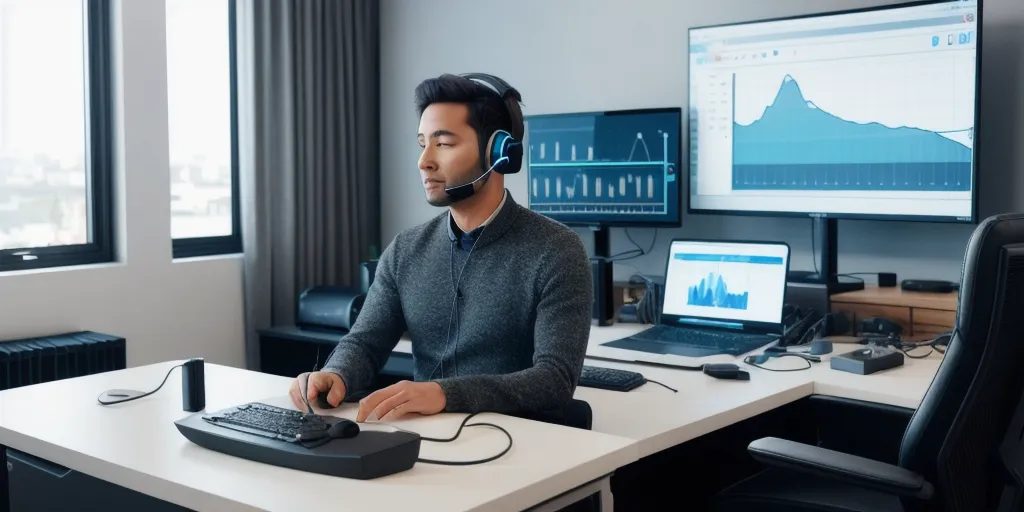To dub a video with AI, you can utilize advanced technology that uses artificial intelligence algorithms to automatically generate voiceovers for your video content. There are various AI-powered tools and software available that can help you dub videos efficiently and effectively.
These tools typically use deep learning techniques to analyze the audio and video content, then generate natural-sounding voiceovers that match the lip movements of the original video. To dub a video with AI, you can simply upload your video file to the AI tool, select the language and voice style you prefer, and let the software do the rest.
AI-powered dubbing tools can save you time and effort by automating the process of creating multilingual video content. Additionally, these tools can help you reach a wider audience by providing subtitles and voiceovers in multiple languages.
Overall, dubbing a video with AI is a convenient and cost-effective way to enhance your video content and make it more accessible to a global audience.
What technology can help dub videos with ai?

Artificial Intelligence (AI) technology has revolutionized the way videos are dubbed, making the process more efficient and accurate. One technology that can help dub videos with AI is speech recognition software.
This software uses AI algorithms to analyze and transcribe spoken words in a video, making it easier to match the dialogue with the corresponding language for dubbing. Another technology that can assist in dubbing videos with AI is machine translation software. This software can automatically translate the original dialogue into the desired language, ensuring that the dubbing is accurate and natural-sounding.
Additionally, AI-powered voice synthesis technology can be used to generate realistic-sounding voices for dubbing, eliminating the need for human voice actors.
These technologies work together seamlessly to streamline the dubbing process, saving time and resources while maintaining high-quality results. Overall, AI technology offers a range of tools and solutions that can greatly enhance the dubbing process for videos, making it easier and more efficient than ever before.
How do ai-powered tools generate voiceovers?

AI-powered tools generate voiceovers through a process known as text-to-speech (TTS) synthesis. This technology utilizes advanced algorithms and machine learning to convert written text into spoken words. First, the AI tool analyzes the text input to understand the linguistic structure, tone, and context of the content.
Next, it generates a voice waveform by piecing together phonemes, which are the smallest units of sound in a language. The tool then applies prosody, which includes intonation, stress, and rhythm, to make the voiceover sound more natural and expressive.
Additionally, AI tools can be trained on large datasets of human speech to improve the accuracy and quality of the generated voiceovers. By leveraging deep learning techniques, these tools can mimic human speech patterns and nuances with remarkable precision.
Overall, AI-powered tools streamline the voiceover production process by providing a cost-effective and efficient solution for creating high-quality audio content for various applications, such as e-learning modules, audiobooks, and automated customer service interactions.
What steps are involved in dubbing a video with ai?

Dubbing a video with AI involves several key steps to ensure a seamless and accurate process. The first step is to transcribe the original audio content of the video using speech recognition technology. This transcription is then translated into the desired language using machine translation algorithms.
Next, the AI system generates a synthetic voice that matches the tone and cadence of the original speaker. This voice is then synchronized with the video using advanced editing software to ensure that the lip movements match the new audio track.
Once the dubbing process is complete, the video is reviewed and edited to ensure that the translation is accurate and the audio quality is optimal. Finally, the dubbed video is rendered and exported in the desired format for distribution. Overall, dubbing a video with AI involves a combination of speech recognition, machine translation, voice synthesis, and video editing techniques to create a professional and high-quality dubbed video.
How can ai-powered dubbing tools benefit video content creators?

AI-powered dubbing tools can greatly benefit video content creators in a variety of ways. Firstly, these tools can significantly reduce the time and effort required to dub videos in multiple languages.
By utilizing AI technology, creators can automatically generate high-quality voiceovers in different languages, saving them the hassle of hiring voice actors or spending hours recording and editing audio. This not only streamlines the dubbing process but also allows creators to reach a wider audience by making their content accessible to viewers from different linguistic backgrounds.
Additionally, AI-powered dubbing tools can enhance the overall quality of video content by providing more natural-sounding voiceovers. These tools use advanced algorithms to analyze and mimic human speech patterns, resulting in voiceovers that sound more authentic and engaging.
This can help creators maintain the integrity of their content while catering to a global audience.
Furthermore, AI-powered dubbing tools can also help content creators save costs associated with traditional dubbing methods. By automating the dubbing process, creators can reduce the need for expensive voice actors and studio equipment, making it a more cost-effective solution for producing multilingual content.
Overall, AI-powered dubbing tools offer a convenient, efficient, and cost-effective way for video content creators to expand their reach and enhance the quality of their content.